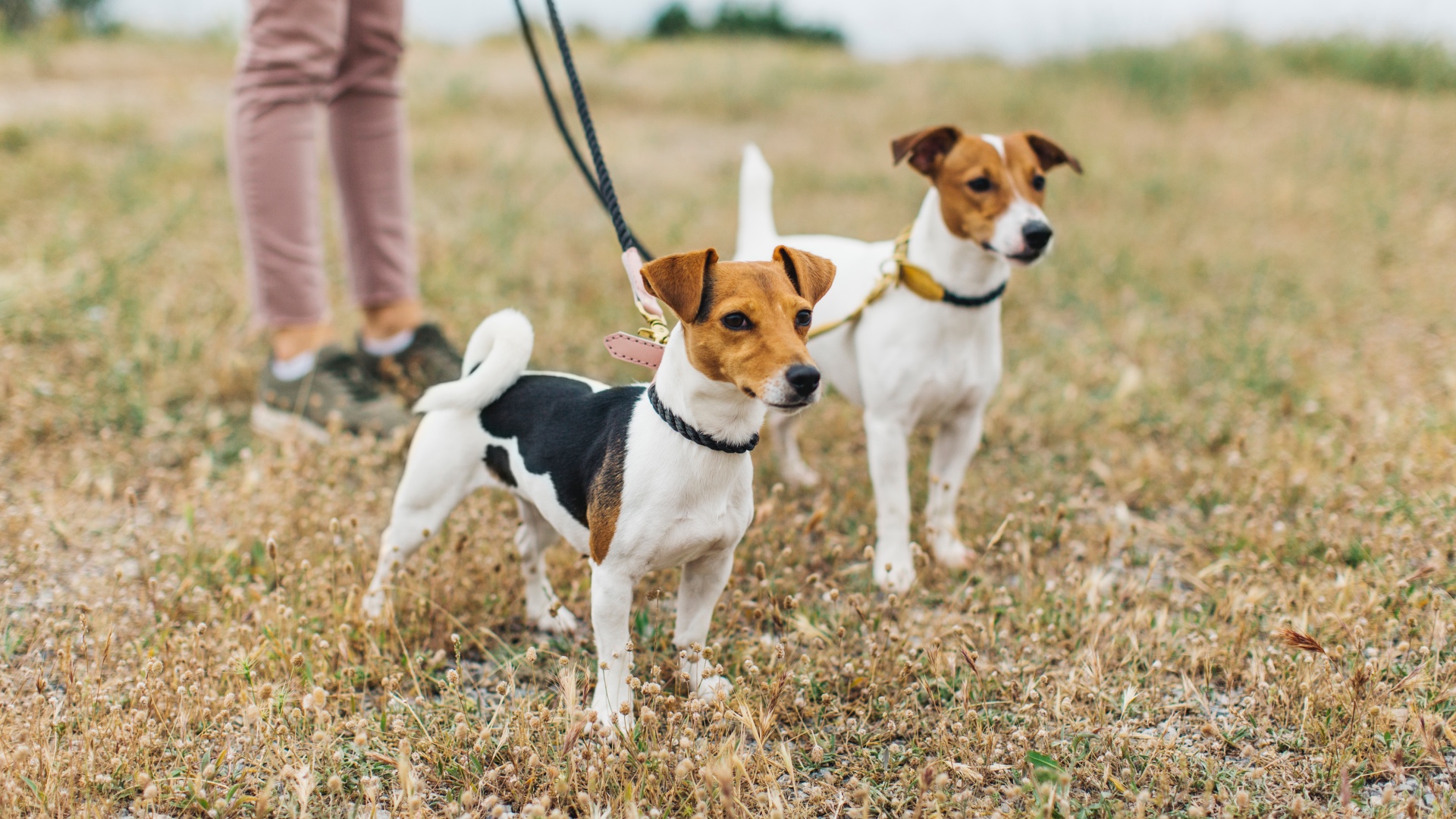
Training your dog to walk on a loose leash has plenty of benefits, from improving focus and attentiveness to making them happier and less stressed, so it’s something worth doing.
But while loose-leash training is great, there are some common mistakes that many dog parents make. Fortunately, however, it’s easy to rectify these, so once you know what to avoid you can continue training your pup — but with more fruitful sessions (and some of the best dog treats in your pocket, of course).
Professional dog trainer and behavioral consultant Amelia Steele, or Amelia the Dog Trainer, has highlighted three loose-leash training mistakes to avoid in a recent Instagram post, so let’s take a look at what they are below.
1. Primarily using stopping or turning: “You’ve probably heard the advice that when your dog pulls forwards, stop or turn around and wait for them to come back to you,” Steele explains. However, it’s not actually the best advice to take on board.
“This never actually teaches your dog what you want them to do,” she continues. “So, often this just leads to a lot of frustration and it’s very rare to see progress when you are exclusively using this method in training.”
2. Stopping your training too late on each walk: If you’re letting your dog get excited before your walk, and then start your training once you’re out on the street, you might actually be starting your training too late, and you could find yourself wondering how to stop a dog pulling on a leash.
“Instead,” says Steele, “We want to really focus on your dog’s initial mindset before they even leave the house.”
3. Expecting too much too soon: “When we look at making loose-leash walking reliable, what we’re actually asking our dogs to do is perform a behavior for a long duration of time in lots of different environments,” says Steele.
This takes a lot of patience and consistency, as well as practice in a range of different environments.
Perfecting loose-leash walking might sound daunting, but it doesn’t have to be! Once you’ve remembered some of the most common mistakes, you’ll be well on your way to mastering loose-leash walking like a pro!
Maybe you’ve got loose-leash walking nailed, and you’d like to hone your dog’s walking skills when they’re off-leash. If so, you may want to check out these 15 helpful ways to get your dog to come back to you on off-leash walks.







